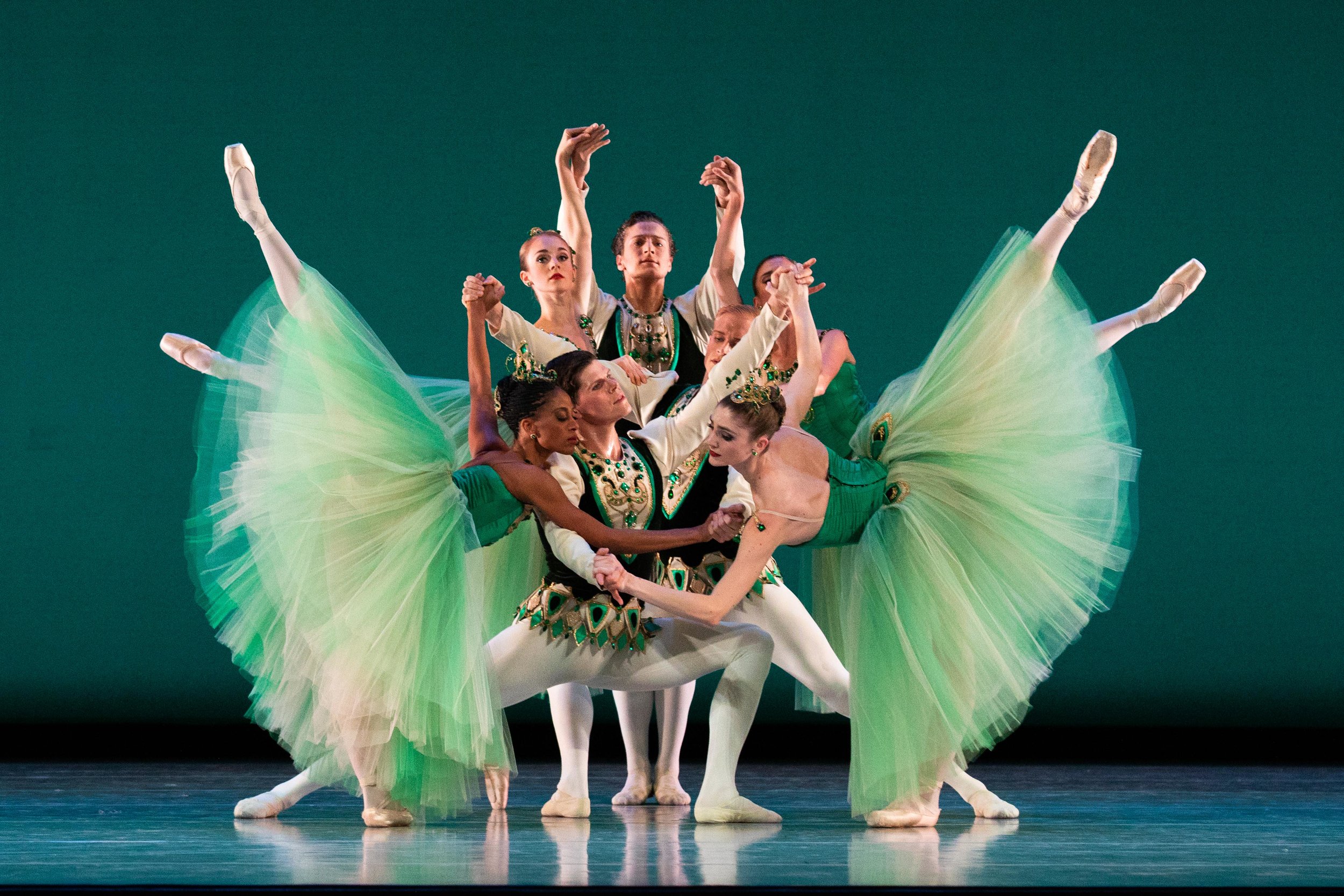As I was watching The Bridge, commissioned by UtahPresents, I realized it was what I have hoped to see from SALT Contemporary Dance all along.
The show was continuous and cohesive, which I loved. I appreciate the departure from SALT’s previous usual format of presenting collections of works by different choreographers.
The Bridge was based on a short story called “An Occurrence at Owl Creek Bridge” by Ambrose Bierce. It was apparent that this story had strong and specific meaning to the performers, yet the execution was not burdened by an attempt to be overly clear about the exact happenings of the story and characters. This allowed audience members to interpret the work through the lenses of their own personal experiences.
The dancing was strong, controlled, fluid, and beautiful. SALT features a roster of highly talented performers, and it was nice to see some different artists this time around. Most notably, Ching Ching Wong, whom I hadn’t seen perform with SALT before, was a soloist in this work, and deservingly so. The other soloist, Eldon Johnson, was amazing as always. The rest of the cast, mostly in roles more supporting than spotlighted, was excellent as well.
I can only think of one tiny, picky complaint about the dancers’ execution in this work: in a series of many repetitions of falling to the ground (choreographically, fascinating to watch), while there were many instances of full commitment, I wasn’t completely convinced every time. Granted, this was an exhausting section of the piece, and falling to the floor with apparent lack of control is not easy to do, from a mental standpoint not to mention the physical aspect. So I still commend the dancers for each successfully committed repetition they made.
I appreciate that the choreography, by New York-based Brendan Duggan in partnership with the dancers, was both unique and beautiful (in contrast with how some choreographers may create as if they assume those two qualities are mutually exclusive). The strengths of the dancers were well-utilized, without being showy to the point of distracting from the story.
The pacing throughout The Bridge varied perfectly to keep the audience captivated. A long intro allowed the audience time to tune in to the live music and the pensive lighting, and to connect with the mood being set, before the dancers were even seen. Movement began slowly, with Ching Ching Wong and Eldon Johnson walking, and doing other pedestrian movements, progressing into partner work that exhibited brilliant control and grace while succeeding at naturally conveying a loving and comfortable relationship. Later, momentum built, and the speed of movement and the number of layers existing at once increased. At the end, we got to see more partnering between Wong and Johnson, including some repetition from the beginning choreography, but this time with a different mood.
I was glad that this expanded upon the standard “A-B-A” format, which I feel like I’ve seen enough of. The similarities between the beginning and the end were enough to tie them together, but the differences were enough to add meaning, taking this choice beyond the choreographic crutch that A-B-A can be.
SALT Contemporary Dance in Utah Presents’ The Bridge. Set by Christian Bell; photo by Jake Eveler.
The set, by Christian Bell, was memorable and well-utilized. Two vertically hung curtains of ropes created divides which might have represented time and/or alternate realities. In one section of the choreography, the dancers brushed past the ropes causing them to sway mesmerizingly, adding to the chaos of the moment. At another point, several dancers each looped one rope around several others, creating a visual effect like drawn curtains, maybe symbolizing clarity. The ropes also tied into Bierce’s short story, in which the protagonist is tied up and about to be hung.
The lighting, by Jaron Kent Hermansen, was both visually stunning and effective at conveying mood and meaning. I appreciated how the lighting was designed in conjunction with the set, playing upon the ropes.
The live music, by Stuart Maxfield with brother Andrew Maxfield (both of Fictionist), was perfectly cohesive with the dancing. The unique and varied, yet continuous, sound supported the dancing, while being neither distracting nor boring. Stuart Maxfield worked in silhouette behind the dancers the entire time, which I felt connected the dance and the music, again without allowing the music to distract from the dance.
Overall, The Bridge was captivating, different, and beautiful. I very much look forward to seeing SALT keep up with this new standard that they have set for themselves with this project.
Ching Ching Wong and Eldon Johnson of SALT Contemporary Dance in Utah Presents’ The Bridge. Photo by Jake Eveler.
Kendall Fischer is the artistic director of Myriad Dance Company, and has enjoyed performing opportunities with Voodoo Productions, SBDance, Municipal Ballet Co., and La Rouge Entertainment, among others. Her choreography has been performed by Myriad, Municipal Ballet, and at Creator's Grid, and her dance film project “Breathing Sky” received the 2017 Alfred Lambourne Movement prize.









